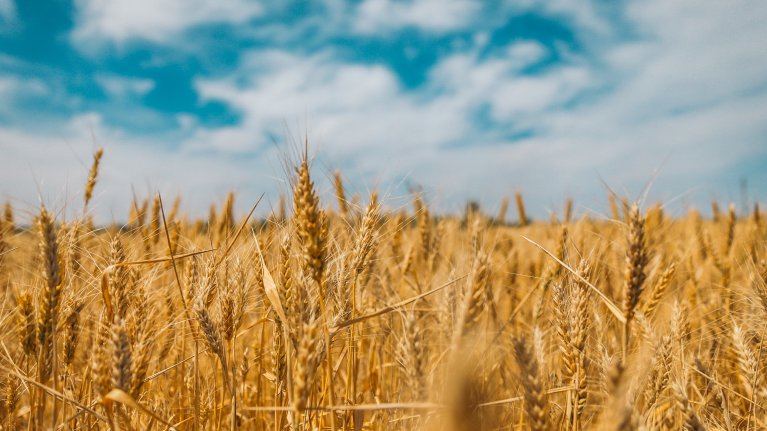Splints are a lot more usual in young equines, and are most often located in the forelegs. Primarily, splints are the injury and swelling of the interosseous tendon, which holds the splint bone to the cannon bone. Your equine may or may disappoint signs of discomfort, and the degree of lameness– if any– usually correlates to the degree of inflammation. At some time the swelling will drop a little bit in dimension, yet will certainly also end up being harder as a result of bone formation. As you discover the size of the splint decreasing this doesn't indicate that the bone formation is obtaining smaller. When the bone calcifies the lameness normally goes away, unless the calcification is placed to ensure that it disrupts the suspensory tendon, flexor ligaments, or carpal joint. Plan on your equine being out for a minimum of thirty day, and occasionally a lot more. When all is claimed and done, a case of the splints isn’t the end of the world. Therapy of swelling asap can also avoid bone calcification. Just in reasonably few cases, for instance when the suspensory device to the back of the cannon and knee is damaged, do splints create permanent lameness. Make sure to examine your steed’s legs before and after every adventure, and if you see heat and swelling take immediate activity.
